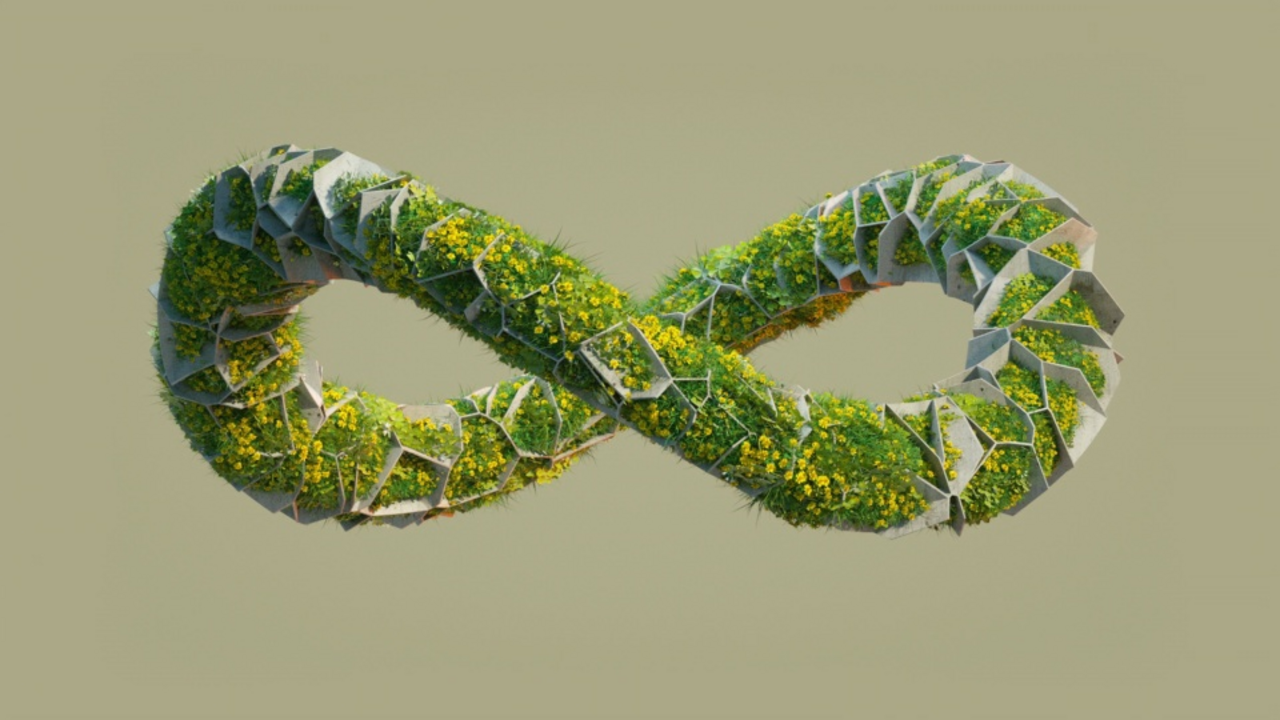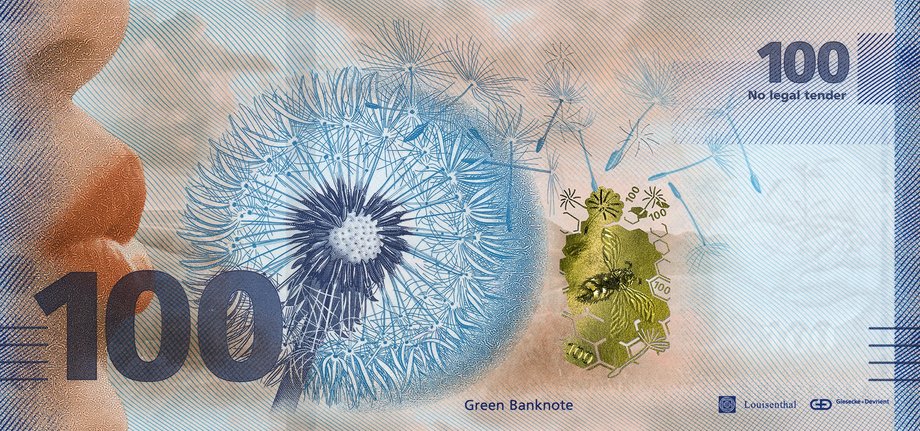In the face of spiraling environmental challenges, we are all being urged to live by the three Rs: Reduce, reuse, recycle. It’s an entreaty designed to shift both individual and economic behavior away from the centuries-old model of linear economics, in which production and consumption are inevitably followed by environmentally impactful disposal.
To ensure a sustainable future, the linear model needs to be replaced by a model rooted in the natural concept of circularity, where resources are used efficiently and renewable inputs are prioritized; where a product’s usage and lifetime is maximized to extract the maximum value; and where by-products and waste are recovered and reused to make new materials or products.
As the UK think-tank Chatham House puts it, circularity is an economic model that “entails redesigning products to be more durable, reusable, repairable, and recyclable, and therefore kept in circulation for as long as possible.”
Exponents of the model argue that industry’s requirements for efficient processes and solutions don’t have to be in opposition to the protection of our planet. Of course, that is a lot easier said than done. The Circularity Gap Report 2021 claims that our current global economy is only around 9% circularity-based, in terms of material inputs.1 The better news is that to prevent the worst effects of climate breakdown, we only need to get to 17% circularity to close the gap.1 But every area of commercial activity needs to play its part – including cash.
In the cash cycle, responsible stakeholders are working together to make circularity central to their operations and to those operations that overlap with their partners’. Here are some key ways in which such moves are being fostered, and indeed accelerated:




